Kyoto is the Japan of the poets. With its raked pebble gardens, tranquil ponds, and somber temples and shrines, Kyoto is a visual feast. Travel through time and imagine yourself in a Kurosawa film, as you pay to light the incense and pray for good fortune.
Fushimi-Inari Taisha
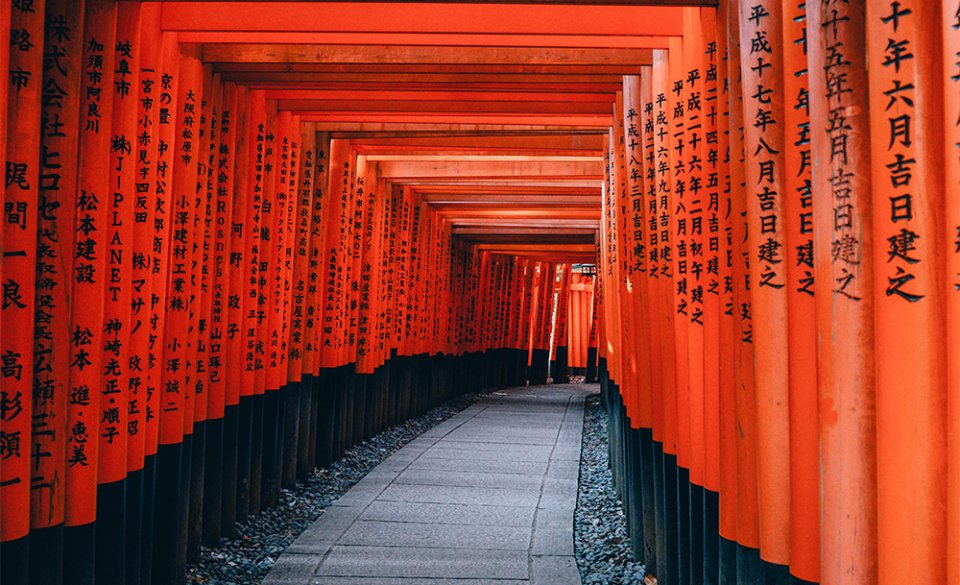
On your first stop, pay tribute to the god of rice and sake. Inari, the Japanese Shinto Fox God, is also the patron of merchants and business. With dozens of stone foxes and thousands of red torii lining the 4km pathway, Fushimi-Inari Shrine has become instantly recognizable and is regarded as the head shrine for some 30,000 Inari shrines all across the Japanese archipelago.
Fushimi-Inari Taisha also has one of Japan’s grandest gardens. Its northern garden is composed of neatly arranged mossy stones that form a checkerboard pattern. Step onto the viewing platform and witness a breathtaking view of the Tsuten-kyo (bridge to heaven), as it spans over valleys of maples.
Kiyomizu-dera Temple
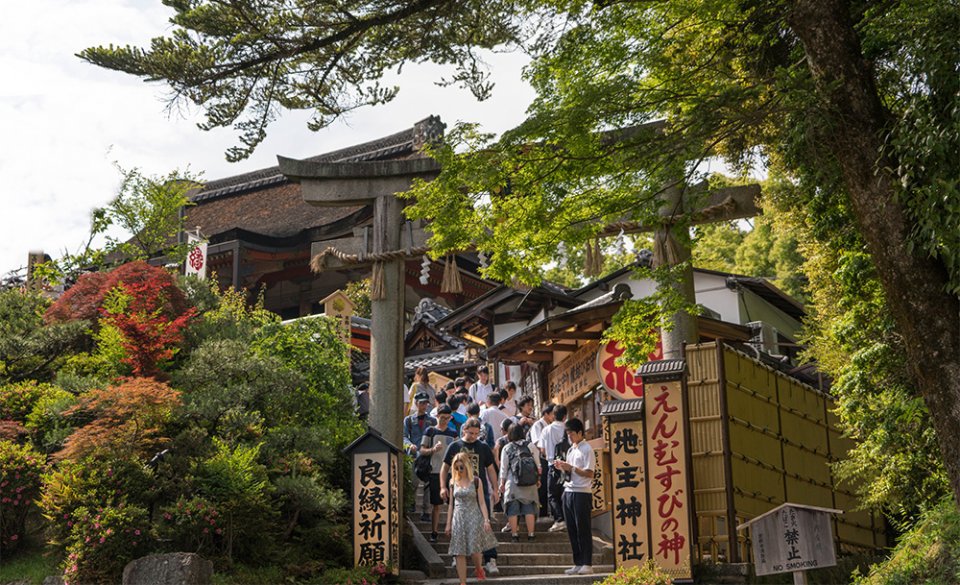
Kiyomizu-dera Temple sits on the site of the Otowa Waterfall (literally “pure water”) and houses a shrine to Jishu, the deity of love and matchmaking. Successfully make your way between the two stones behind the temple with closed eyes for good luck.
Afterwards, go down to the base of the temple’s main hall. There are three streams from the waterfalls which visitors can drink from: one for long life, one for career success, and one for love.
Kinakaku-ji Temple
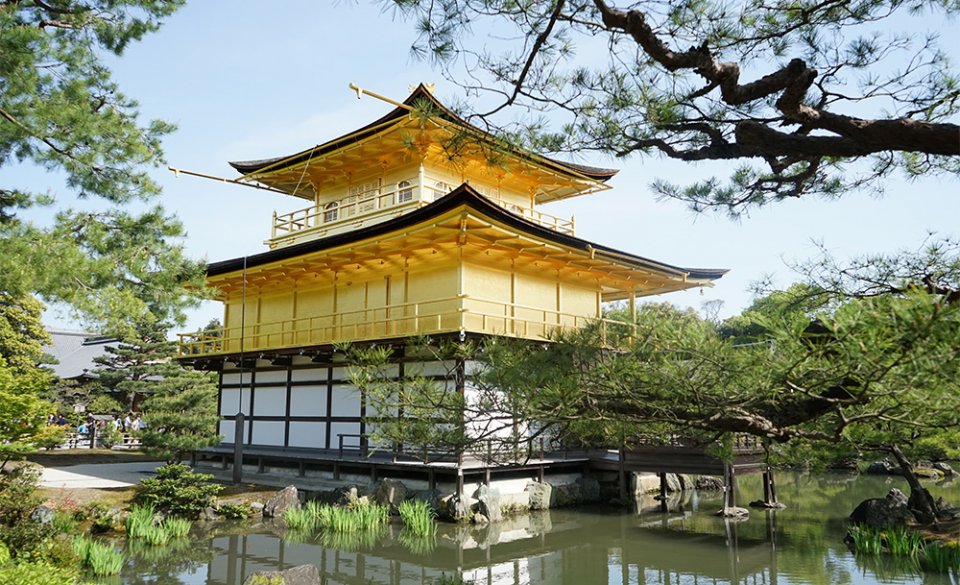
Kinakaku-ji Temple’s presence is somewhat of a miracle; it was burned down numerous times throughout its history—twice during the Onin War, and once again in 1950s by a fanatic monk.
Now sometimes called “Golden Pavilion”, Kinkaku-ji Temple gracefully disrupts the tranquil pond horizon with three floors of distinct architectural styles. After exploring the interiors, saunter through the gardens and toss a few coins in the Anmintaku Pond for luck. Legend has it, the pond will never dry.
Nijo Castle
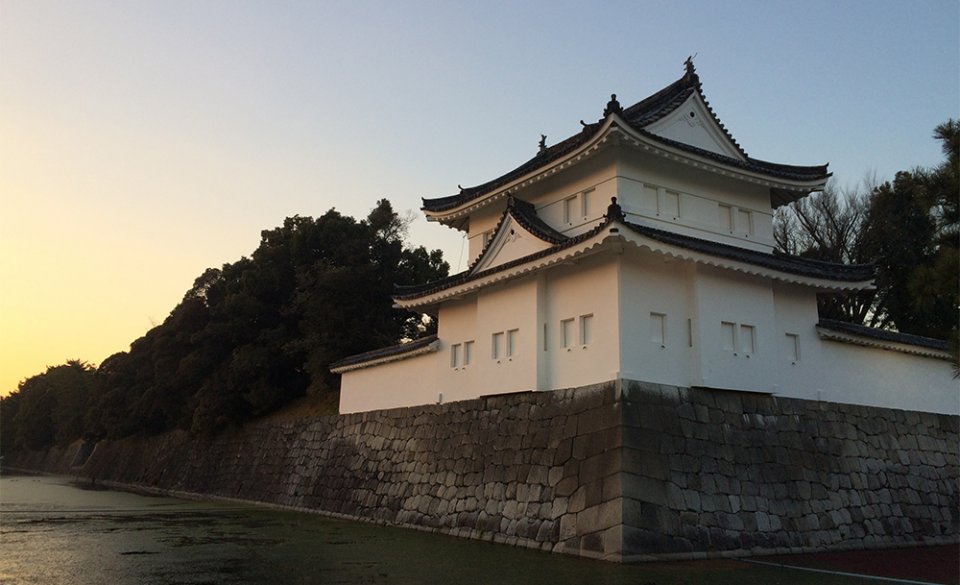
In 1603, Ieyasu of the first Tokugawa Shogunate built the Nijo Castle as an elaborate display of power and prestige. And while Nijo Castle isn’t a temple, it’s definitely a Kyoto must-see.
The castle has been designated as an UNESCO world heritage site as a military architectural marvel. Safeguarding the chambers are “nightingale” floors, specially crafted wooden floors that chirp with every step to alert palace guards of an intruder.
Ryoanji Temple
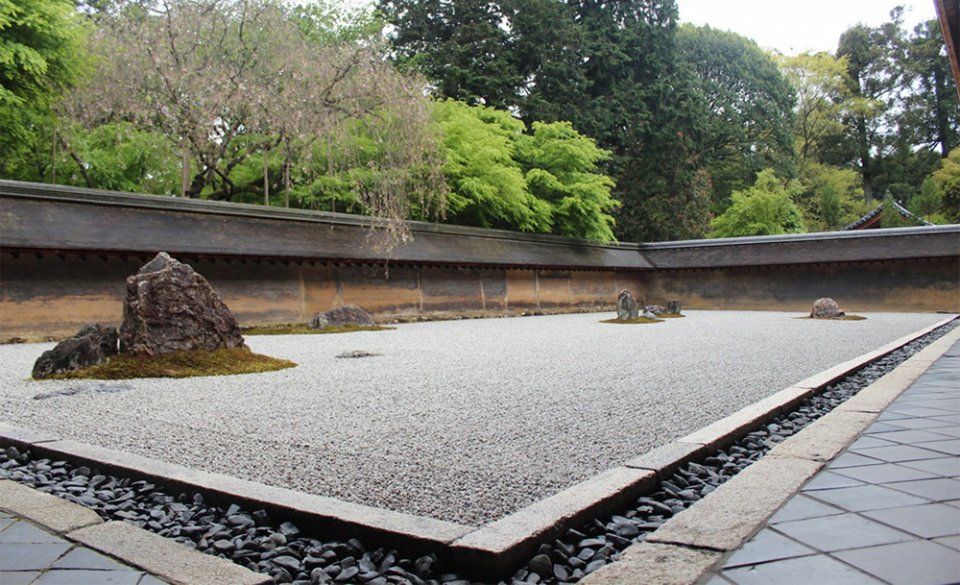
Ryoanji Temple Photo credit: Wikimedia Commons/Mariafdafranco used under CC 4.0
Ryoanji Temple was originally an aristocrat’s villa, which then turned into a zen temple. It houses Japan’s most famous rock garden, a live optical illusion of sorts—no matter where the viewer stands, at least one rock is hidden. The whole temple is a visual feast, with vibrant paintings on the sliding doors, lush gardens, and tranquil ponds.
Todai-ji Temple
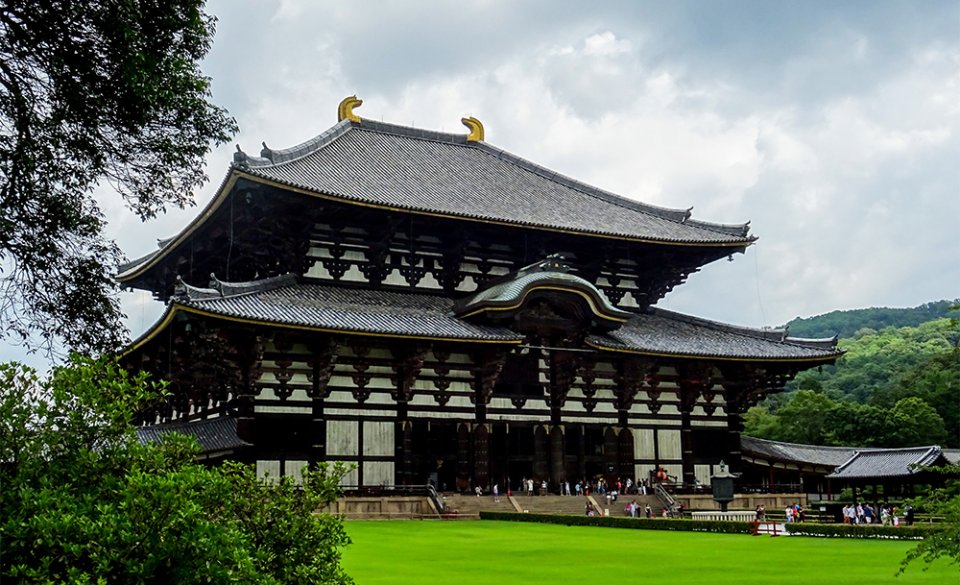
Last but not least, visit the great Buddha. Admittedly we’re cheating here: Todai-ji Temple (known as “The Great Eastern Temple”) is in Nara and not Kyoto but it’s so easy to get there that it hardly makes a difference. Here, the Todaiji Temple sits as a significant Nara landmark that served as the head temple of all provincial Buddhist temples. In the main hall sits Japan’s largest bronze statue of Buddha.
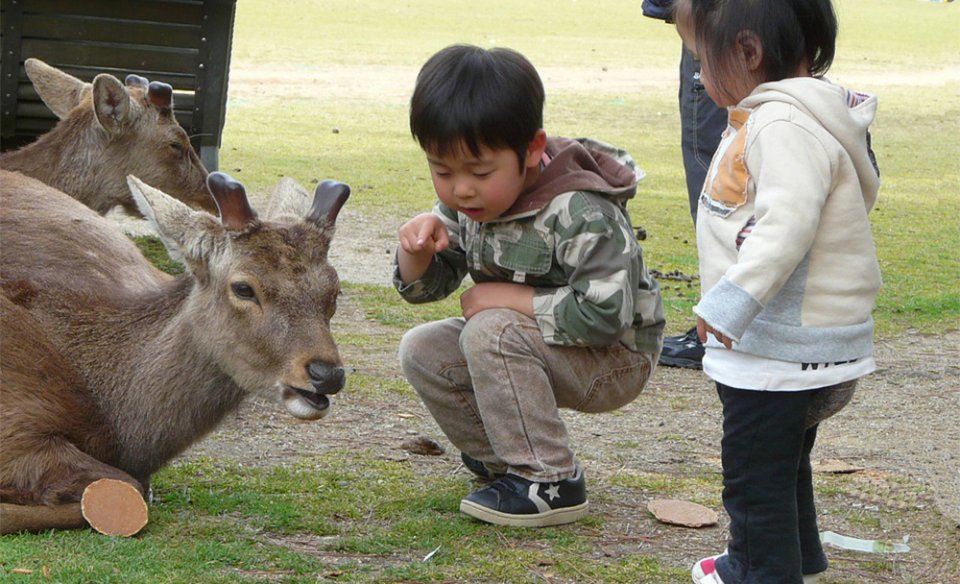
Roaming about the temple gardens is another Japan National Treasure. According to legend, the Sika Deer are the gods’ sacred messengers. Now over 1,200 deer freely roam Nara Park. Greet the much-revered animal by bowing, and watch him return the gesture before feeding him shika senbei, or special deer crackers.
This article first appeared on KKday; the leading travel experience e-commerce platform in Asia.





